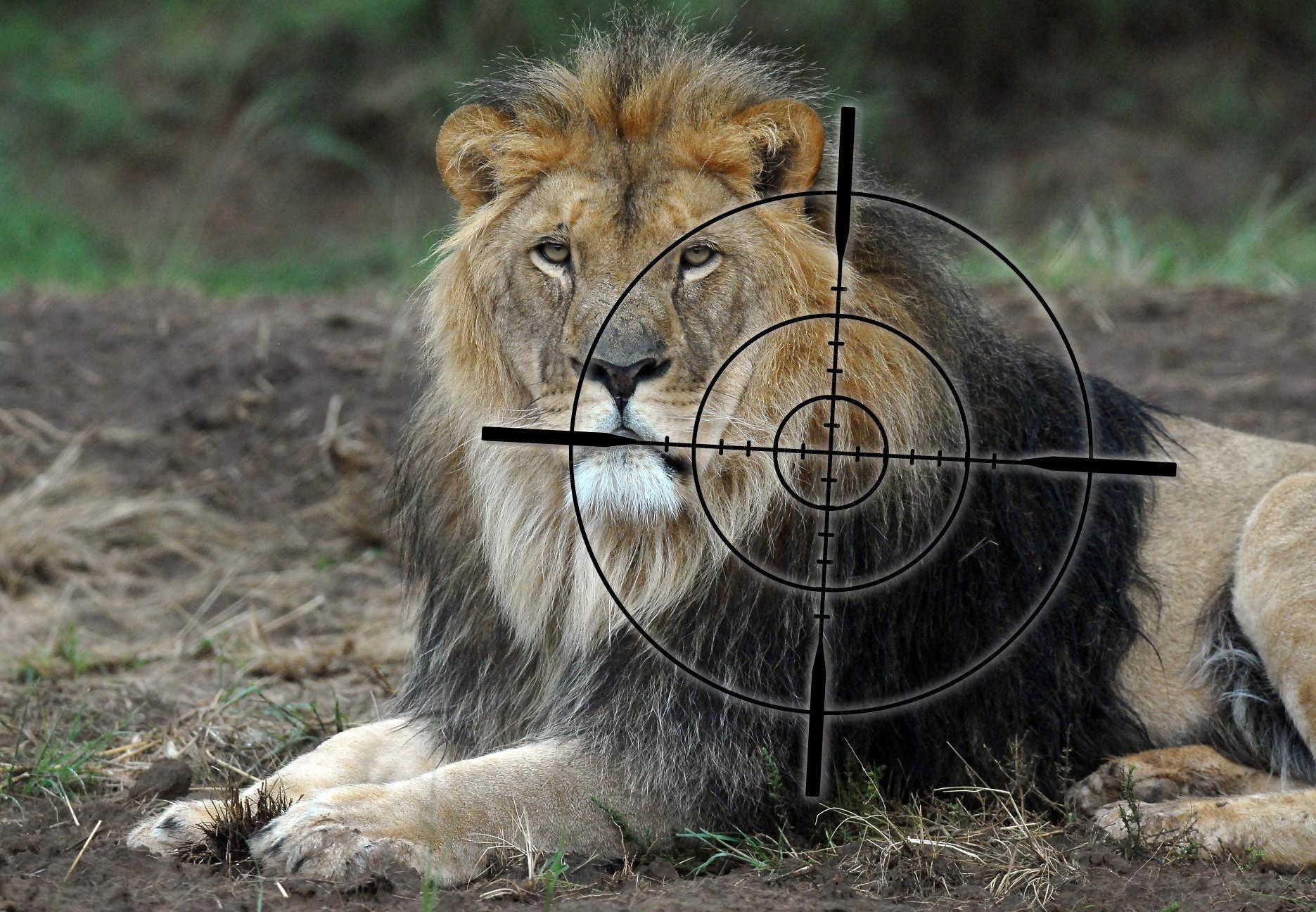
De-mystifying the role of trophy hunting in conservation
Recent event by the ECR continued to perpetuate misinformation about the role of CITES and trophy hunting for conservation
Yesterday the European Conservatives and Reformists held an open event that focused primarily, what they deem, as problematic wolf and bear populations, the upcoming ban on the use of lead in wetlands, and threats to trophy hunting.
While we welcome comments calling for a scientific approach and open discourse that involves all stakeholders, we would like to respond and clarify some of the most concerning statements.
1: Trophy hunting is banned by CITES
False.
Despite the description of the event claiming otherwise, there is no provision in CITES that explicitly bans the import/export of trophies. CITES aims at keeping international wildlife trade at a non-detrimental level in order to prevent extinction. Species listed under Appendix I, threatened by extinction, can be traded under exceptional circumstances.
Further, according to CITES Resolution Conf. 13.7:
Parties shall not require export permits or re-export certificates, for personal or household effects which are dead specimens, parts or derivatives of Appendix-II species except: . . . for ivory in hunting trophies, all other hunting trophies (unless Parties entered into a bilateral agreement for trade).
As far as CITES is concerned if hunters obtain required permits for trophies, such items can be imported back into the hunter's home country. In the EU, trophies are considered ‘personal and household effects’ (Art. 7.3 of Council Regulation (EC) No 338/97). Therefore, you can bring back trophies in the EU so long as you have an export and import permit for Annex A species and an Export permit for Annex B species (with six exceptions that also require an import permit, such as African elephants, white rhinos and African lions). Native animal trophies in the EU are regulated under the Habitats Directive, which does ban trophies from Annex IV species including wolves and bears.
Even if CITES up-lists a species that a Party wanted to trade it, that country can submit reservations during the ratification of a species listing and be exempted from applying the CITES rule for the species of concern.
As stated by the UK Government: “Decisions on the legality and standards of trophy hunting are made by national or local governments.”
2: Conservation hunting (including trophy hunting) is, in part, responsible for reviving animal populations, funding local communities, and protecting biodiversity.
Not as cut and dry it seems.
Trophy hunting, like all forms of hunting, is included in the ‘sustainable use’ argument. However, in a 2019 report the IUCN Ethics Specialist Group itself said trophy hunting was incompatible with the idea of ‘sustainable use’. Further, the report found that the financial benefits of trophy hunting to local communities was not as accurate as claimed and conservation benefits were undermined by trophy hunters. Even more powerful, the end of the report states that any other view would “threaten IUCN’s credibility.” It has been regularly proven that very little of the income received from expensive trophy hunts directly benefits local communities. Rather, large corporations receive the bulk, with local workers regularly receiving low wages, minimal rights, and experiencing poor working conditions. There are a whole host of other, more animal and eco-friendly options for tourism that can ensure it is a viable thriving industry. Eco-tourism has seen a boom in recent years, offering photographic safaris and ethical experiences to witness and enjoy wildlife in its natural and untouched glory.
Countless research reports into this argument have shown these types of statements are false. Including reports from Born Free, the Campaign to Ban Trophy Hunting and Human Society International.
This event calling for less protection for carnivores (wolves and bears primarily) and no ban on trophy hunting, comes after one of the largest hunting fairs in Europe. Jagd & Hund is known for organizing large hunting fairs with exhibitors who advertise paid trips to hunt exotic and endangered animals. This year was no different. Trophy hunting expeditions target key species such as elephants, lions, tigers, leopards, among others.
Removing healthy animals from their group has a detrimental effect on the entire species, as well as the individual cruelly killed. Removing them from the gene pool means that, from generation to generation, animals like lions and elephants are shrinking in size. Rather than natural selection, trophy hunting is having a direct impact on the genetic development and variation (or lack thereof) of these species. Elephant tusks have shrunk notably over recent years. Between 2005-2013 Elephants surveyed in Kenya had tusks 1/5 smaller in males and 1/3 smaller in females in comparison to the tusks of elephants living in the 1960s. Elephants need their tusks to find water, a problem that is already being exacerbated by climate change and drought. Trophy hunting of animals with these essential traits is actively driving populations to extinction, not helping conserve them.
Last year this same hunting fair advertised hunting various European brown bear species despite them being listed under the EU Habitats Directive Article 12 which, requires Member States take measures of strict protection for animals in Annex IV(a) including prohibiting “all forms of deliberate capture or killing of specimens of these species in the wild”.
At their core these hunts are a business. Sold as luxurious ‘holidays’ in Africa and further afield. And the appetite for it here appears clear, with British businesses among some of the top safari companies selling and operating trophy hunts. From canned lion hunts, to hunting elephants and monkeys, the cost can range from £60 for a baboon, and up to £22,000 for a lion. In fact, some regard particular London based businesses as leaders of the global trophy hunting industry, with an astonishing number of Safari Club International (SCI) records to their names. As the world’s main trophy hunting association, SCI presents various awards to hunters who achieve certain ‘goals’. Their record book explicitly encourages hunters to shoot the strongest or ‘fittest’ of the species and lists the areas where record-sized animals can be found and the hunting companies operating there. Hunters are also credited with world records relating to animals being killed with ‘novel’ hunting weapons, such as a handgun used to kill an antelope. With records like this to be exploited, it is hard to see hunting as anything beyond a sorry sort of bloody entertainment.

